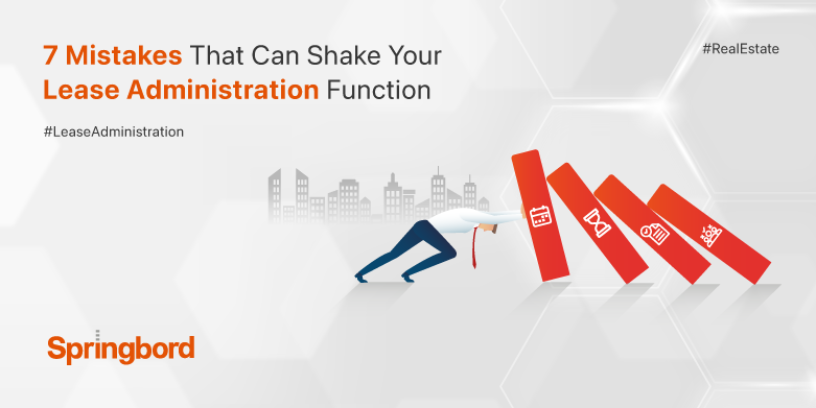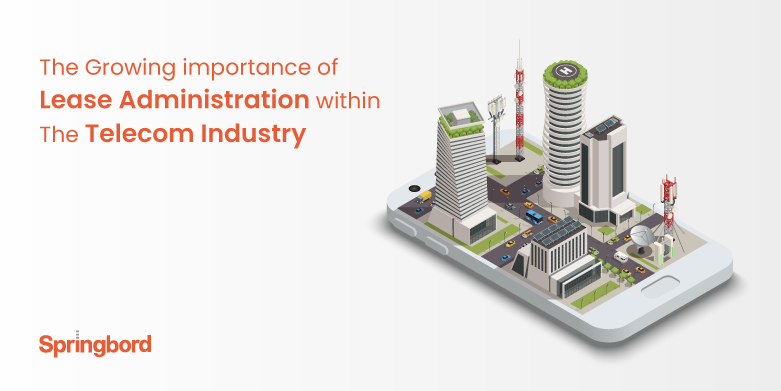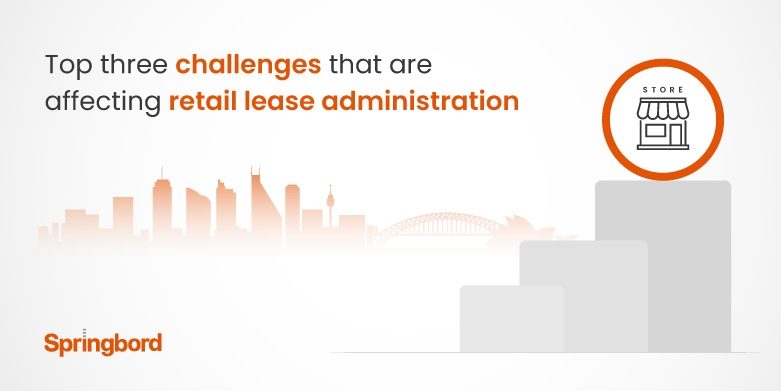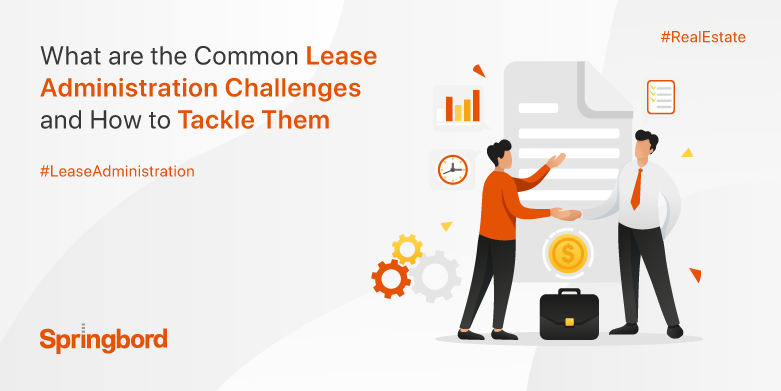 Read time 3 min
Read time 3 minThe administration of leases is crucial to the effective management of lease portfolios and the achievement of maximum returns. Despite the stakes, most property management firms have difficulty instituting streamlined lease administration. In this way, even very little mistakes can have a major effect on a company’s bottom line, costing them big bucks.
To keep track of their commercial real estate holdings, both tenants and landlords alike perform lease administrative services. The target is to lessen the likelihood of forgetting important dates and payments.
But are the processes involved in lease administration practical and reliable?
To put it in simple words, no. The rising expense of lease administration operations and the resulting lack of data is a problem for many businesses today.
Here are the 7 mistakes that can shake your Lease Administration functions:
1. Inability to keep track of important dates
With a growing number of leases, it can be difficult, if not impossible, to remember all of the due dates necessary to avoid late fees. The typical lease term varies widely from country to country. Therefore, it is a breach of the lease agreement if the lease is not terminated within the allotted time. As a result, the tenant may be subject to a hefty fee if they break the renewed lease before its expiration date.
While tasks such as building inspections and maintenance don’t have firm due dates. It is possible to incur penalties for noncompliance with flawed regulations and safety standards if regular maintenance tasks are not carried out.
Make sure your building has amenities like wheelchair ramps and blind indicators in preparation for the increasing number of counties that are enforcing accessibility laws.
2. Lack of procedure and assessment
Creating and enforcing an efficient lease administration process is crucial to the lease administration service’s smooth operation. Consistently assessing how things are going is vital as well.
This check is necessary to make sure that the processes being used are not wasting time or effort, and are instead yielding the desired results without compromising any essential data.
3. Inability to pay on time or accurately
While processing lease payments may appear straightforward at first, this task can become more challenging as your portfolio grows. Property taxes, common area maintenance fees, and property insurance premiums must be paid in full and on time, without exception. Negative tenant-landlord relationships can be fostered by payment delays and errors, which are unprofessional, expensive, and detrimental to both parties.
By eliminating time-consuming manual processes and increasing precision, the appropriate software can help your business reduce risk.
With the right set of highly adaptable tools, businesses can easily determine occupancy expenses and divide up complex lease payments by factors like percentage, metering, square footage, or indices, streamlining the entire lease process.
4. Lease paperwork is either missing or fragmented
Among the most common but still significant record-keeping mistakes being made by lease administrators is the loss of documents or the incomplete filling out of paperwork. Documents such as lease notice to vacate, and change of address paperwork must be kept for the duration of a tenancy.
Separating lease-to-own contracts from traditional leases is also recommended. Having multiple parties involved can make it hard to keep track of who owns what and who is leasing it. If you end up in court, these records will be crucial.
Lease agreements should be scrutinized closely for two specific clauses: lease term dates & rented square feet. There is a high likelihood that this data is outdated or lacks important details. Inconsistent evidence provided by clerical mistakes could cause unnecessary confusion and delay down the line.
5. Poor hiring decisions
If you want your lease administration department to run smoothly, you need someone who is an expert in lease abstraction and other lease administration tasks.
To ensure that employees understand and carry out their responsibilities efficiently, it is important to evaluate their performance regularly.
6. Failed departmental coordination
The responsibilities of a lease administrator have expanded greatly to include those that were once handled by the law office, the accounting department, and also finance division.
Honesty and teamwork between both the lease administration department as well as all departments are necessary to complete these additional tasks.
7. Unorganized handling of data
Countless vacancy days and unneeded leasing delays can be the result of inadequate data administration, driving up the need for expensive tenant inducements or excessive tenant improvement allowances.
Cash flow projections, lease portfolio management, and regulatory compliance can all benefit greatly from the use of a centralized data management system.
Access to key real-time reviews on property analysis, vacancy, conduct disorders, lease roll, and lease information must be enabled, and user-created reports must be supported.
Conclusion
Your business can avoid these typical mistakes in lease administration by trying to implement a powerful solution. Better data management for granular visibility and simpler compliance with accounting standards are both possible with software that is tailored to the specific needs of your business.
At Springbord, we’ve made it our mission to assist commercial property companies in optimizing their lease portfolio administration to cut costs, reduce risk, and maximise returns.







